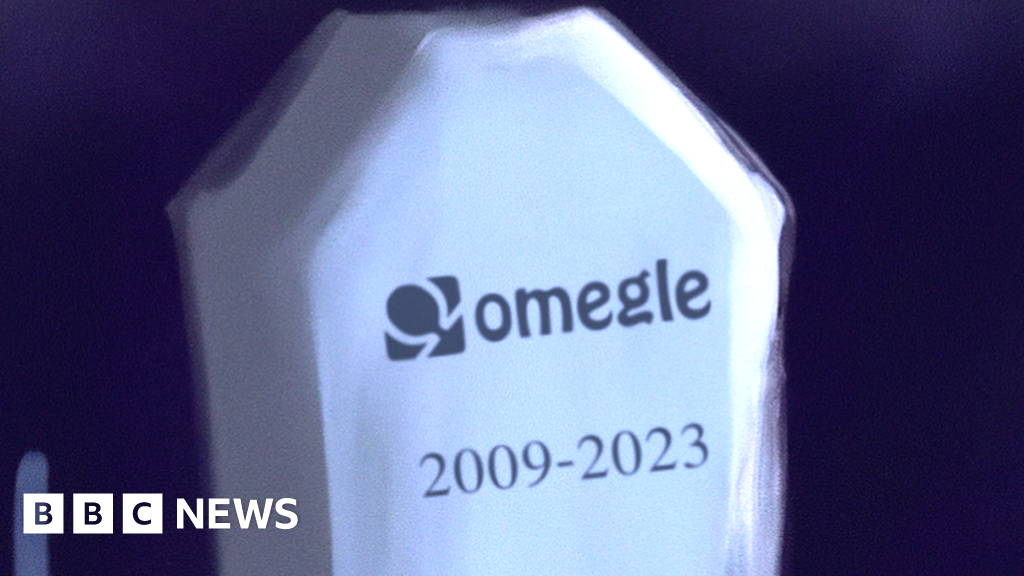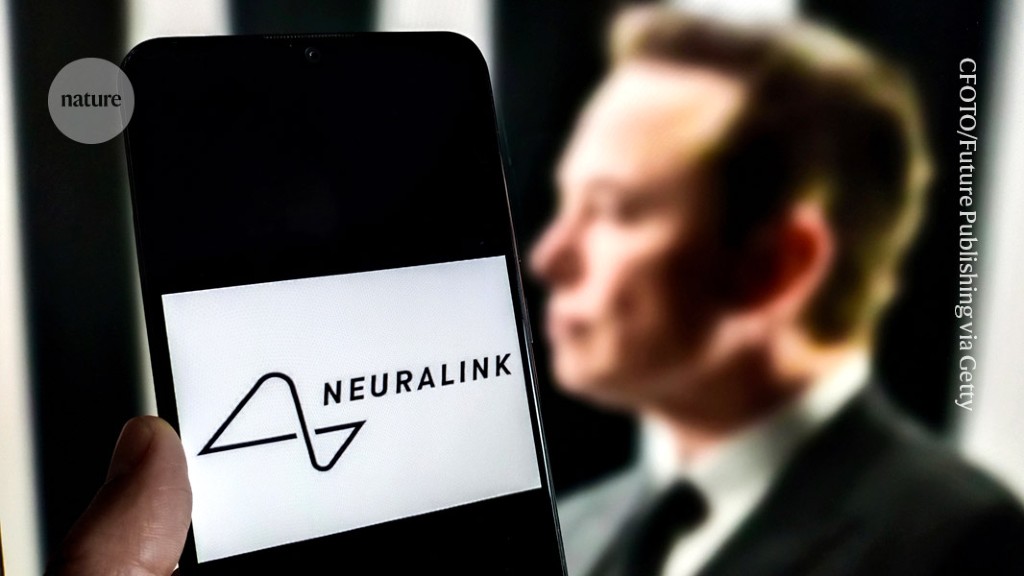Neuralink, the company through which entrepreneur Elon Musk hopes to revolutionize brain–computer interfaces (BCIs), has implanted a ‘brain-reading’ device into a person for the first time, according to
a tweet posted by Musk on 29 January.
BCIs
record and decode brain activity, with the aim of allowing a person with severe paralysis to control a computer, robotic arm, wheelchair or other device through thought alone. Apart from Neuralink's device, others are under development and some have already been tested in people.
Neurotechnology researchers are cautiously excited about Neuralink’s human trial. “What I hope to see is that they can demonstrate that it is safe. And that it is effective at measuring brain signals — short term, but, most importantly, long term,” says Mariska Vansteensel, a neuroscientist at University Medical Centre Utrecht in the Netherlands and president of the international BCI Society.
But there is frustration about a lack of detailed information. There has been no confirmation that the trial has begun, beyond Musk's tweet. The main source of public information on the trial is a
study brochure inviting people to participate in it. But that lacks details such as where implantations are being done and the exact outcomes that the trial will assess, says Tim Denison, a neuroengineer at the University of Oxford, UK.
The trial is not registered at
ClinicalTrials.gov, an online repository curated by the US National Institutes of Health. Many universities require that researchers register a trial and its protocol in a public repository of this type before study participants are enrolled. Additionally, many medical journals make such registration a condition of publication of results, in line with ethical principles designed to protect people who volunteer for clinical trials. Neuralink, which is headquartered in Fremont, California, did not respond to
Nature’s request for comment on why it has not registered the trial with the site.
Nature examines how Neuralink’s implants compare to other BCI technologies, how the trial will advance BCIs and researchers’ concerns.
How is the chip different from other BCIs?
Like Blackrock Neurotech in Salt Lake City, Utah, Neuralink targets the activity of individual neurons — an approach that requires electrodes that penetrate the brain. Other companies are developing electrodes that sit on the brain’s surface — some of which are easily removable — to record averaged signals produced by populations of neurons. Neuroscientists have long argued that data from individual neurons are needed for sophisticated thought-decoding. But recent research indicates that averaged signals can
allow decoding of complex cognitive processes, such as inner speech
1. And New York City-based company Synchron has shown that a low-bandwidth surface BCI can
provide basic but reliable smartphone control2.
Like the Synchron system, Neuralink’s is fully implanted and wireless. That’s a first for BCIs that record from individual neurons. Previous such systems had to be physically connected to a computer through a port in the skull. This poses an infection risk and limits real-world usage.
The Neuralink chip contains 64 flexible polymer threads, providing 1,024 sites for recording brain activity, according to the company’s study brochure. That is considerably more than Blackrock Neurotech’s BCIs, the only other single-neuron recording system to have been implanted long-term in humans. So the Neuralink device could increase the bandwidth of brain–machine communication — although some users have had several Blackrock devices implanted. Neuralink touts the flexibility of its threads, and says it is developing a robot to insert them into the brain.
Denison says the spectrum of approaches is exciting. It is now a case of seeing which perform best, in terms of safety, signal quality and durability, and user experience. “We need to all play the long game for the good of patients,” he says.
What will scientists learn from the Neuralink human trial?
Neuralink has released little information about its trial’s goals and did not respond to
Nature’s request for an interview. But experts expect safety to be paramount at this stage. That involves observing the immediate impact of the device, says Denison — “no strokes, no bleeds, no vasculature damage, anything like that” — as well as for infections, and long-term follow-up to check that it remains safe to have the device implanted.
Neuralink’s study brochure says that volunteers will be followed for five years. It also indicates that the trial will assess the device’s functionality, with volunteers using it at least twice weekly to control a computer and feed back on the experience.
Vansteensel would like to know whether the quality of the detected neuronal signals degrades over time, which is common in existing devices. “You’re not going to replace electrodes easily after implantation,” she says. “If, in a month from now, they demonstrate beautiful decoding results — impressive. But I will want to see long-term results.”
Denison is also keen to learn how a wireless system that can be used in non-laboratory settings performs.
What concerns do scientists have about the Neuralink BCI?
Now that human trials have begun, volunteer safety and well-being is a pressing question. The trial was approved by the US Food and Drug Administration (FDA), which rejected an earlier application from Neuralink. But some researchers are uncomfortable that the trial is not listed on ClinicalTrials.gov. “My assumption would be that the FDA and Neuralink are following the playbook to a certain extent,” says Denison. “But we don’t have the protocol. So we don’t know that.”
Transparency is also important to the people whom BCIs are intended to help. Ian Burkhart, a co-founder of the BCI Pioneers Coalition based in Columbus, Ohio, was paralysed after breaking his neck in a diving accident and spent 7.5 years with a Blackrock array implanted in his brain. He’s excited about what Neuralink might achieve. But, he says, “they could do much better with how much information they are releasing, instead of having everyone speculate on it. Especially for the patients who are so eagerly waiting for this type of technology to be able to improve their lives.”







